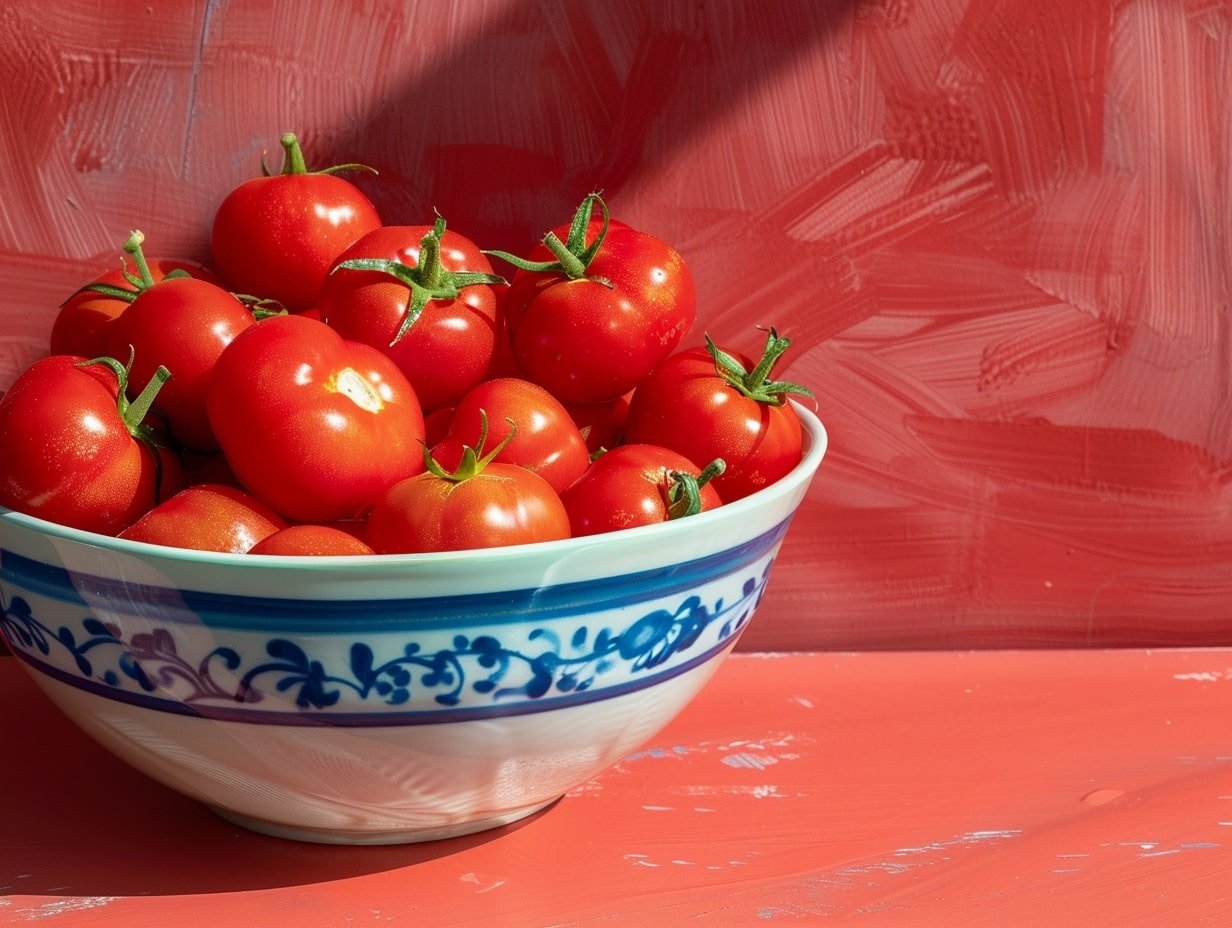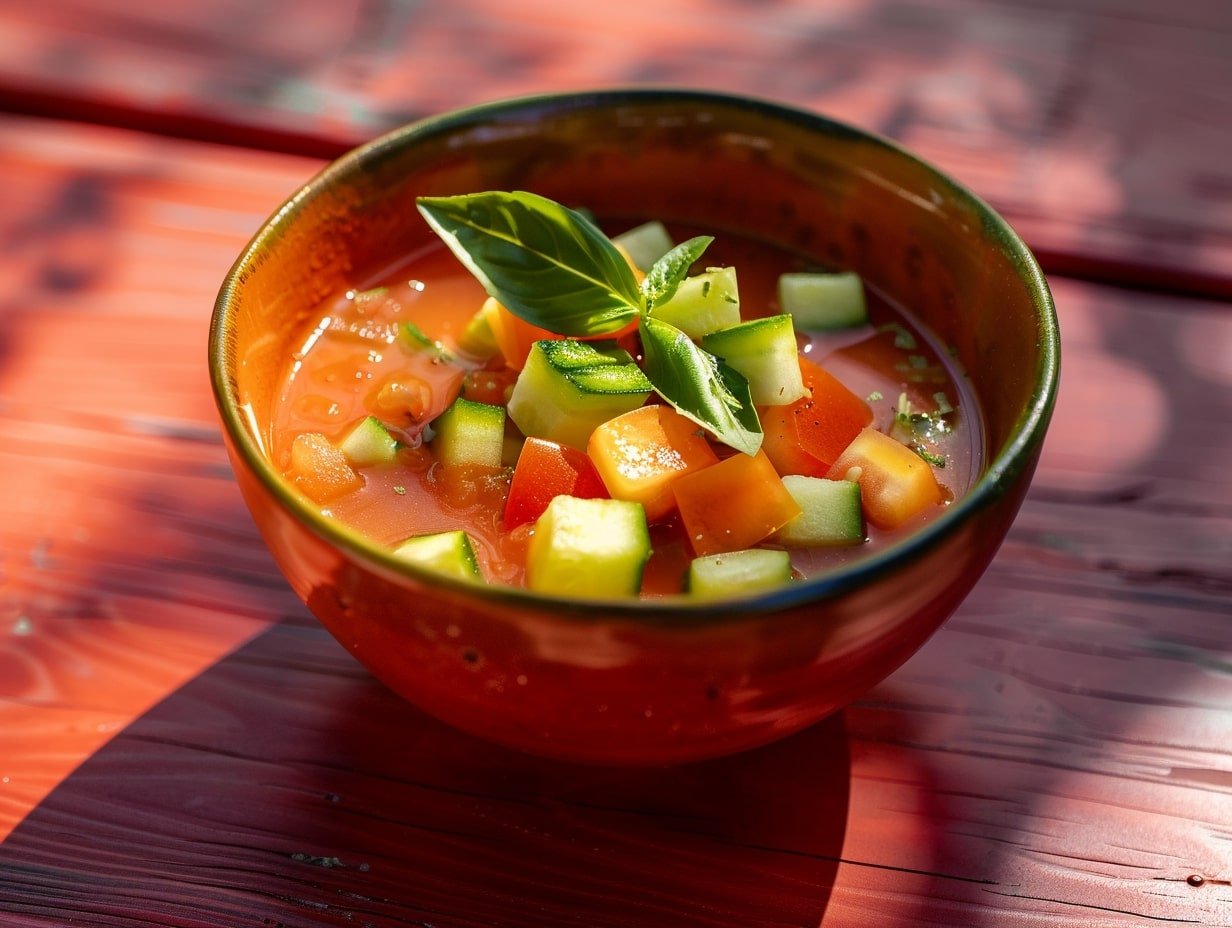Seasonal Eating: Summer Edition
Seasonal eating is all about enjoying fruits and vegetables at their peak. When you eat produce that's in season, you’re not only getting the best flavor, but you're also supporting sustainable farming practices. Summer is an especially vibrant season for fresh, juicy, and colorful produce that can brighten up any meal. Let’s dive into the joys of seasonal eating this summer!
Why Seasonal Eating Matters
Environmental Impact
Eating seasonally reduces the demand for out-of-season produce, which often requires long-distance transportation. This reduces your carbon footprint and supports local farmers who grow crops in natural cycles.
Nutritional Benefits
Seasonal fruits and vegetables are picked at their peak ripeness, which means they're more nutrient-dense. You're getting the most vitamins, minerals, and antioxidants when you eat in-season produce.
Economic Benefits
When you buy in-season produce, it’s usually more affordable. Local farmers often sell their crops at lower prices during peak harvest times, saving you money while supporting the local economy.
Overview of Summer Produce
Summer produce is a feast for the senses. From sweet berries to crisp cucumbers, the variety is endless. Here's a closer look at some of the best summer fruits and vegetables.
Top Summer Fruits
Berries: Strawberries, Blueberries, Raspberries
Berries are synonymous with summer. They’re perfect for snacking, adding to desserts, or mixing into salads. Rich in antioxidants, they’re as healthy as they are delicious.
Stone Fruits: Peaches, Plums, Cherries
Stone fruits are juicy and sweet, making them ideal for grilling, baking, or eating fresh. They add a burst of flavor to any dish.
Melons: Watermelon, Cantaloupe, Honeydew
Nothing says summer like a slice of watermelon. Melons are hydrating and perfect for cooling down on a hot day.
Top Summer Vegetables
Tomatoes
Fresh, ripe tomatoes are a summer staple. They’re versatile and can be used in salads, sauces, and sandwiches.
Cucumbers
Cucumbers are refreshing and hydrating. They’re great in salads, as snacks, or even blended into smoothies.
Zucchini and Summer Squash
These veggies are incredibly versatile. You can grill them, bake them, or spiralize them into noodles.
Corn
Sweet corn on the cob is a summer favorite. It’s delicious whether boiled, grilled, or roasted.
Health Benefits of Summer Produce
As mentioned before, summer produce is packed with vitamins, minerals, and antioxidants. Berries boost your immune system, tomatoes are rich in lycopene, and melons keep you hydrated. Eating a variety of summer fruits and vegetables ensures you get a broad spectrum of nutrients. Here is a list of benefits you should know about:
Hydrating: Many summer foods like watermelon, cucumber, and tomatoes have a high water content, helping to keep you hydrated during the warmer months.
Nutrient-Dense: Summer fruits and vegetables are packed with essential vitamins, minerals, and antioxidants that provide a wide range of health benefits.
Anti-Inflammatory: The antioxidants in summer produce have anti-inflammatory properties, which can help reduce the risk of chronic diseases.
Disease Prevention: Consuming a variety of seasonal summer fruits and vegetables has been linked to a lower risk of heart disease, stroke, and certain types of cancer.
Digestive Health: The high fiber content in summer produce promotes healthy digestion and can help prevent issues like constipation.
Weight Management: The low-calorie and high-fiber nature of summer fruits and veggies can support weight management efforts by promoting feelings of fullness.
Skin Health: Nutrients like vitamin C and antioxidants in summer produce can help protect the skin from sun damage and support collagen production.
How to Select the Best Summer Produce
Farmers Markets
Farmers markets are the best places to find fresh, local produce. You can often find unique varieties that aren’t available in grocery stores.
Grocery Store Tips
Look for vibrant colors and firm textures. Avoid produce that looks wilted or has soft spots.
Community Supported Agriculture (CSA)
Joining a CSA allows you to get a box of fresh, local produce every week. It’s a great way to support local farmers and enjoy a variety of seasonal fruits and vegetables.
In a typical CSA model, consumers become members by paying an agreed amount at the beginning of the growing season, either in one lump sum or in installments. This upfront payment helps buy the seed and other inputs needed for the season and provides the farmer an immediate income to begin the season. In return for their membership fee, consumers receive a variety of freshly picked produce (usually organic) every week. Some CSAs also offer fruits, herbs, meats, eggs, dairy, cut flowers, and other products
Storing and Preserving Summer Produce
Refrigeration Tips
Some produce, like berries and greens, should be refrigerated to keep them fresh. Others, like tomatoes and melons, are best kept at room temperature until they’re cut.
Freezing Methods
Freezing is a great way to preserve summer fruits and vegetables. Just wash, dry, and pack them into freezer bags.
Canning and Pickling
Canning and pickling are traditional methods of preserving summer produce. They allow you to enjoy the flavors of summer all year round.
Delicious Summer Recipes
Fresh Berry Salad
Combine strawberries, blueberries, and raspberries with a drizzle of honey and a sprinkle of mint for a refreshing salad.
Grilled Peach and Chicken Salad
Grill peach halves and slice them into a salad with mixed greens, grilled chicken, and a light vinaigrette.
Cucumber and Tomato Gazpacho
Blend cucumbers, tomatoes, bell peppers, and onions with some olive oil and vinegar for a cold, refreshing soup.
Zucchini Noodles with Pesto
Use a spiralizer to make zucchini noodles and toss them with homemade pesto for a light, delicious meal.
Refreshing Summer Beverages
Watermelon Mint Cooler
Blend watermelon chunks with fresh mint and a splash of lime juice for a hydrating drink.
Berry Smoothies
Mix your favorite berries with yogurt and a splash of juice for a nutritious smoothie.
Cucumber Lemonade
Add cucumber slices to your lemonade for a refreshing twist.
Desserts Featuring Summer Fruits
Peach Cobbler
Bake fresh peaches with a simple biscuit topping for a classic summer dessert.
Berry Parfait
Layer yogurt with mixed berries and granola for a healthy treat.
Melon Sorbet
Puree melon chunks and freeze them for a simple, refreshing sorbet.
Tips for Incorporating More Summer Produce into Your Diet
Add berries to your breakfast, make salads with fresh greens and tomatoes, and try grilling fruits and vegetables for a smoky flavor.
Growing Your Own Summer Produce
Easy-to-Grow Summer Vegetables
Tomatoes, cucumbers, and zucchini are easy to grow in a garden or containers.
Container Gardening Tips
Use large pots with good drainage and place them in a sunny spot. Water regularly and watch your plants thrive.
Sustainable Practices for Seasonal Eating
Reduce food waste by buying only what you need, composting scraps, and preserving excess produce. Support local farmers and choose organic options when possible.
Prioritize Local and In-Season Produce: Focus on purchasing fruits and vegetables that are grown locally and are in-season. Summer brings an abundance of fresh produce like tomatoes, zucchini, corn, berries, and stone fruits. Seek out local farmers markets, CSAs (Community Supported Agriculture), or grocery stores that source from nearby farms to minimize the environmental impact of long-distance transportation.
Reduce Food Waste: Summer's bountiful harvests can lead to an excess of produce. Implement strategies to minimize food waste, such as preserving, canning, or freezing surplus fruits and vegetables. This helps extend their shelf life and ensures you can enjoy the flavors of summer throughout the year.
Support Sustainable Farming Practices: When purchasing seasonal produce, look for farms and suppliers that prioritize sustainable growing methods. This may include organic, regenerative, or biodynamic practices that promote soil health, biodiversity, and water conservation. Your consumer choices can directly support environmentally-conscious agriculture.
Embrace Plant-Based Options: Summer is an excellent time to incorporate more plant-based meals into your diet. Seasonal fruits, vegetables, legumes, and whole grains can form the foundation of delicious, sustainable dishes. Reducing your reliance on meat and dairy can significantly lower your carbon footprint.
Avoid Single-Use Plastics: When shopping for seasonal produce, opt for reusable bags, containers, and utensils to minimize plastic waste. This helps reduce the environmental impact of single-use packaging and supports a more circular economy.
By embracing these sustainable practices for seasonal eating, you can enjoy the flavors of summer while contributing to a healthier planet. Remember, every small step towards more sustainable food choices can make a meaningful difference.
Start Your Summer With Tasty Food!
Seasonal eating is a wonderful way to enjoy the freshest and most nutritious produce while supporting local farmers and the environment. Summer offers an abundance of delicious fruits and vegetables that can be enjoyed in countless ways. So, head to your local market, fill your basket with summer produce, and get creative in the kitchen!
FAQs
What are the benefits of eating seasonal produce? Seasonal produce is fresher, more nutritious, and often more affordable. It also supports local farmers and reduces environmental impact.
How can I store summer produce to keep it fresh? Refrigerate berries and greens, keep tomatoes and melons at room temperature until cut, and consider freezing or canning excess produce.
What are some easy summer recipes? Try a fresh berry salad, grilled peach and chicken salad, cucumber and tomato gazpacho, or zucchini noodles with pesto.
Can I grow my own summer produce? Yes, tomatoes, cucumbers, and zucchini are easy to grow in gardens or containers. Just ensure they get plenty of sunlight and water.
How can I support sustainable seasonal eating? Buy local and organic produce, reduce food waste, and preserve excess fruits and vegetables through freezing or canning.










